The Secret to Long-Lasting Cabin Wood That Still Looks Amazing
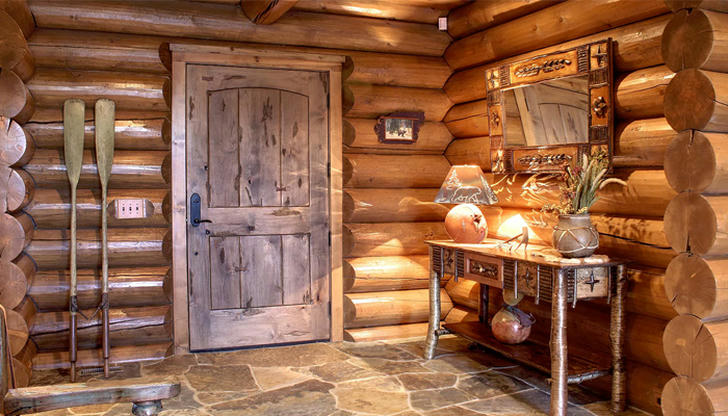
If your cabin has that warm, natural look that makes you sigh the moment you step inside, the last thing you want is to cover it up with glossy, plastic-looking sealants. But here's the thing: wood is living, breathing, and vulnerable. Left unprotected, it can crack, warp, or turn gray in a few years. The trick is to seal and protect your cabin's wood while keeping its natural texture and aged charm. Here's how to do it right.
Why Your Wood Needs Protection

Even the sturdiest logs or wooden boards aren't immune to the elements. Sunlight, rain, humidity, and temperature swings slowly wear down wood, causing fading, cracking, or even rot. Bugs and mold can sneak in, especially on older cabins where the wood has tiny cracks or rough surfaces.
You don't need to panic. The goal isn't to make your cabin look like a brand-new IKEA set---it's to extend the life of your wood while keeping it beautiful. Choosing the right products and techniques is key.
Go Breathable: Why That Matters
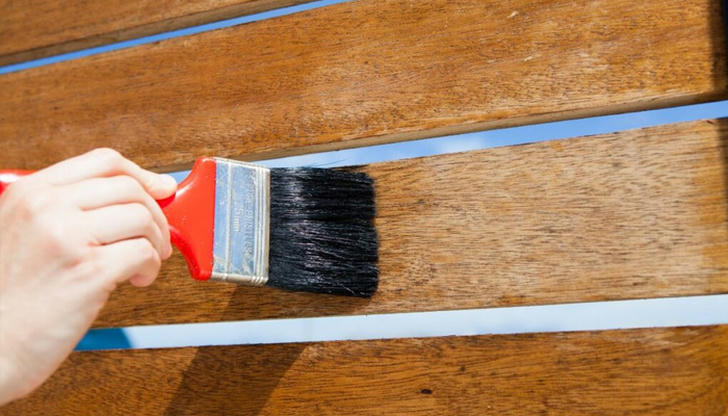
Not all wood sealers are created equal. Some create a hard, impermeable shell that traps moisture inside, which can lead to warping and decay. Instead, look for breathable finishes.
Breathable stains and oils allow water vapor to escape while protecting the wood from sun and rain. This is perfect if you love that rustic, textured look because the wood can still "breathe," and the grain stays visible.
Tip: Avoid traditional varnishes or polyurethane on exterior cabin wood. They might look shiny at first but often peel over time, especially in harsh climates.
Eco Oils: Natural Protection That Ages Well

For a more natural approach, consider eco-friendly oils. Products like tung oil, linseed oil, or modern blends are designed to penetrate wood, nourishing it and repelling water without covering up the texture.
Here's why cabin owners love them:
Soft Finish: The wood feels natural, not plastic.
Aging Gracefully: Over time, eco oils deepen the wood color and enhance the grain.
Easy Maintenance: Simply reapply every couple of years instead of stripping and sanding like with heavy coatings.
Pro tip: Always apply oils to clean, dry wood. Use a brush or rag and work with the grain for the most even results.
Tinted Sealants: Subtle Color, Strong Protection
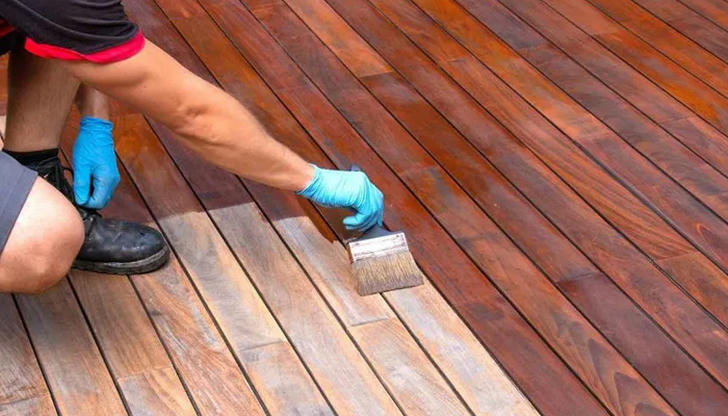
If your wood is fading or you want to highlight certain tones, tinted sealants are your best friend. Unlike paint, which hides the natural grain, tinted stains enhance the color while keeping texture visible.
Semi-transparent stains let the wood grain shine through.
Light tints refresh weathered wood without looking fake.
UV protection in tinted sealants helps prevent that sun-bleached, gray look.
Apply tinted sealants after cleaning and sanding lightly if needed. Multiple thin coats are better than one thick layer---they soak in and provide longer-lasting protection.
Seasonal Care: Keep It Rustic Year-Round
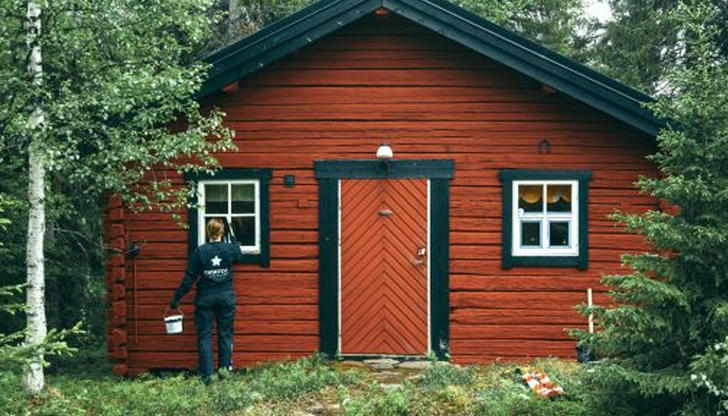
Protecting wood isn't a one-time project. Seasonal maintenance ensures your cabin stays beautiful for decades. Here's a quick routine:
Spring: Wash off dirt and mildew, check for cracks, reapply oils or stains if needed.
Summer: Inspect for sun damage and fading, touch up with tinted sealant on vulnerable areas.
Fall: Clean gutters and overhangs to prevent water pooling near wood surfaces.
Winter: Keep snow and ice off decks and lower logs if possible. Consider applying a protective oil coat before heavy snowfall.
Even a small yearly touch-up keeps your cabin looking like it belongs in a postcard.
Don't Forget the Details
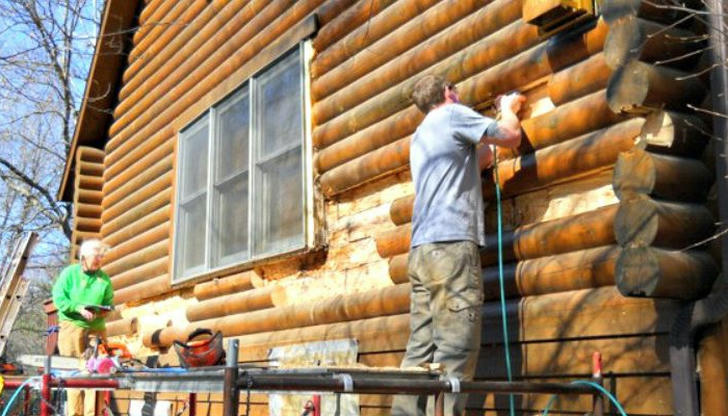
Some spots need special attention:
Window and door frames: Small cracks can let water in. Re-oil or touch up sealant here.
Decks and railings: Often exposed to the harshest sun. A tinted sealant can prevent graying and splintering.
Logs near the ground: Moisture rises from soil, so make sure these logs get extra protection.
A little attention to details prevents big repairs later.
DIY or Professional Help?
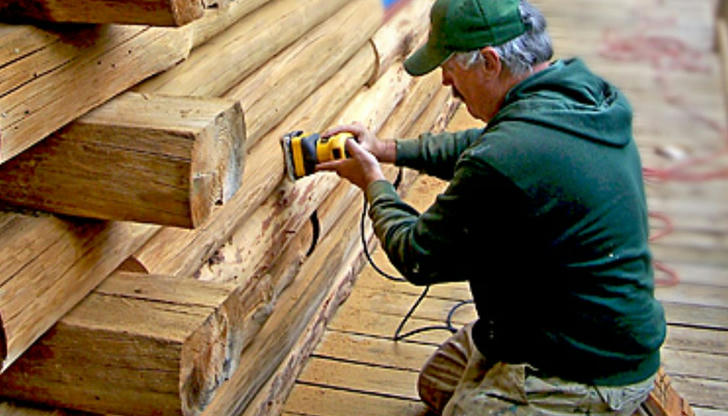
Most exterior wood maintenance is doable for confident DIYers, but older or delicate cabins might benefit from professional advice. A professional can:
Test wood moisture content
Recommend the right breathable product
Spot hidden rot or insect damage
For regular upkeep, though, oiling and light staining is a weekend-friendly project that makes your cabin shine while keeping it authentic.
The Bottom Line

You don't have to choose between protection and charm. By picking breathable stains, eco oils, and tinted sealants, you can keep your cabin safe from the elements while preserving the texture, grain, and rustic vibe you fell in love with.
Think of it as giving your cabin a gentle spa treatment rather than wrapping it in plastic. With a little seasonal care, your cabin will stay warm, cozy, and naturally beautiful for decades.
